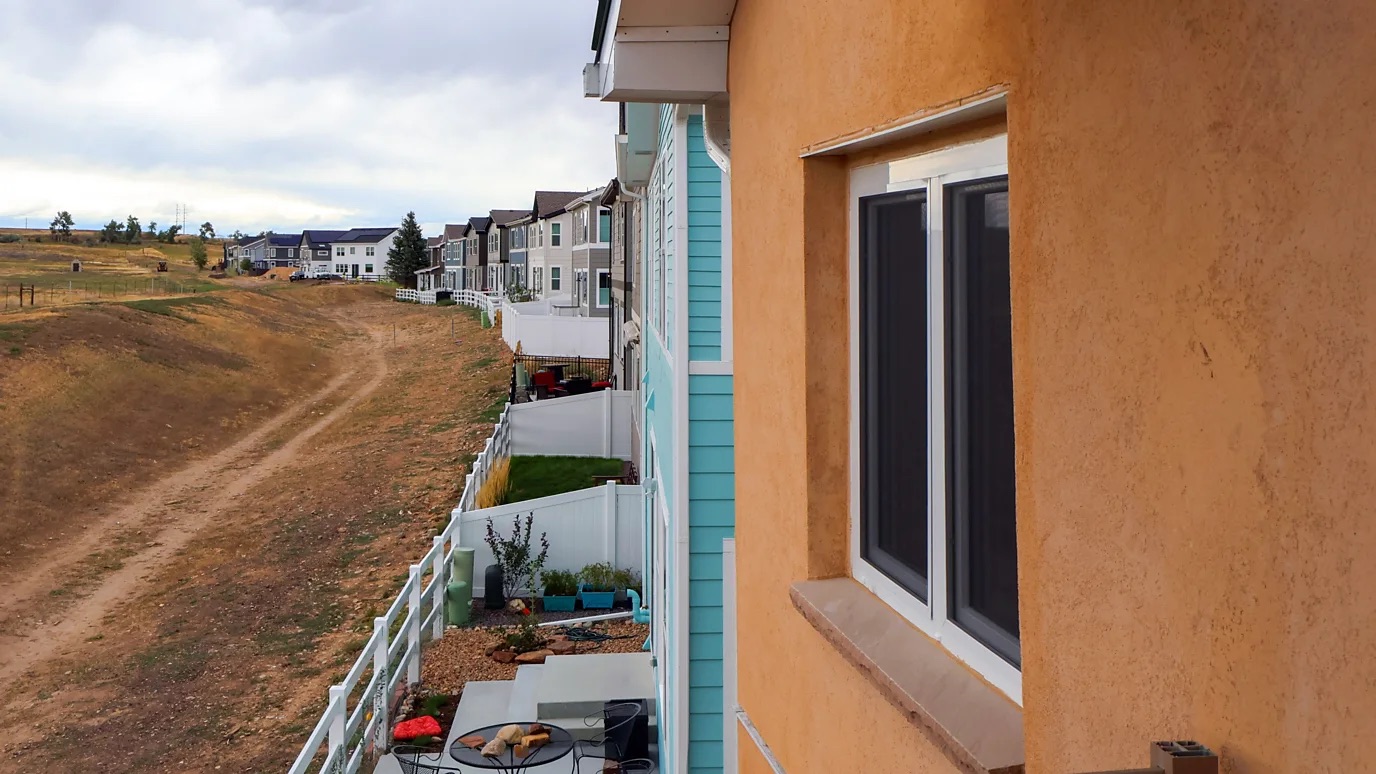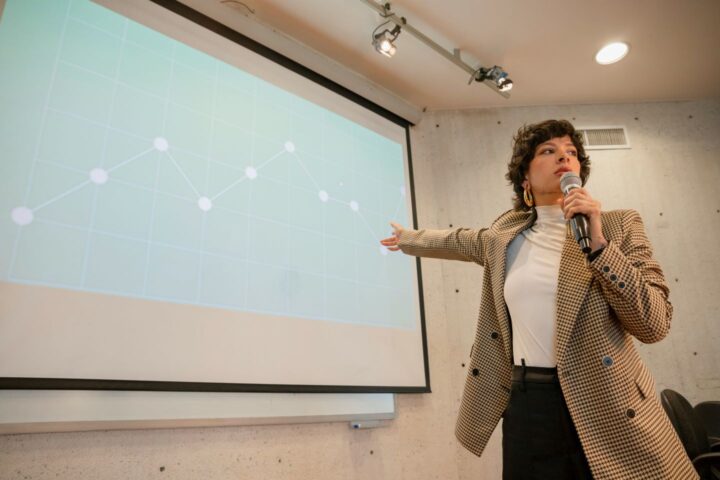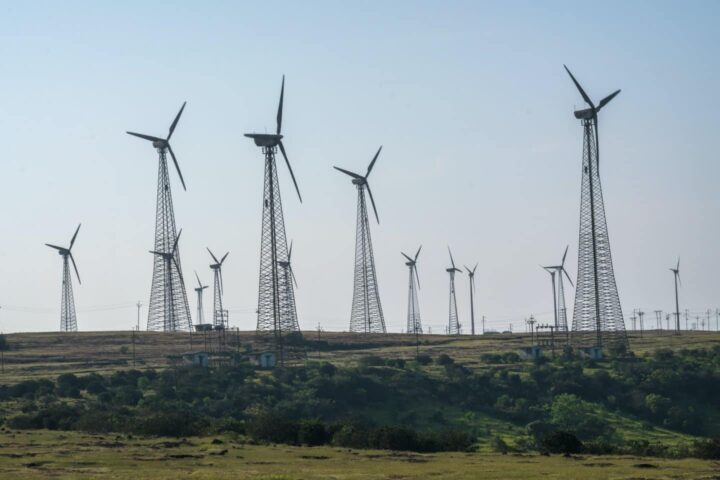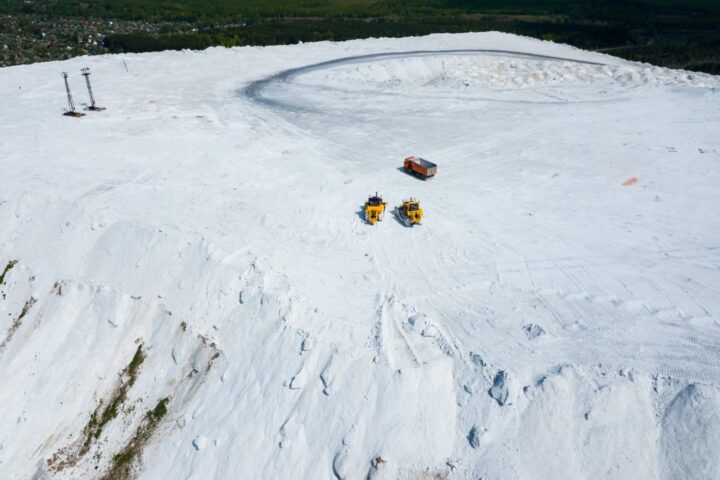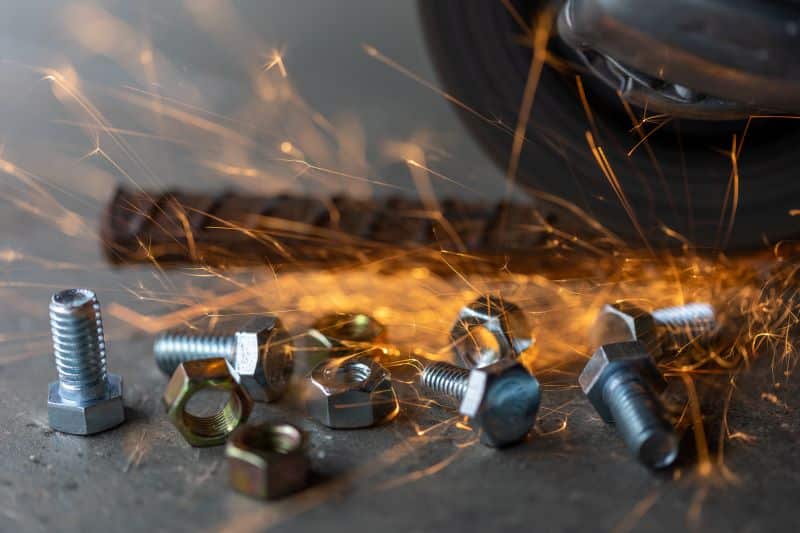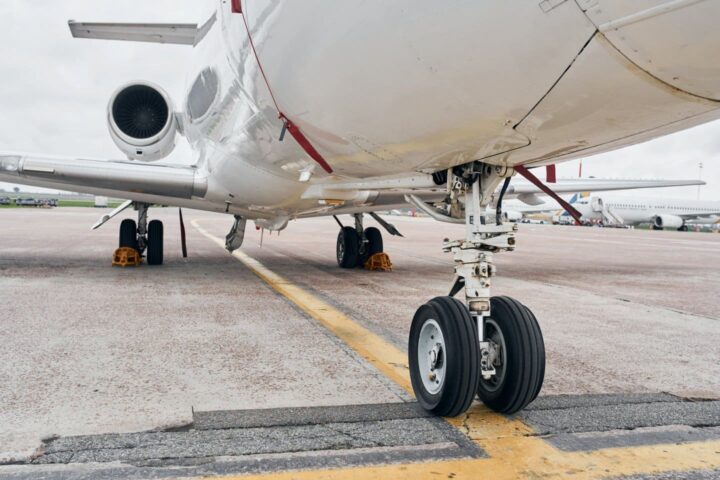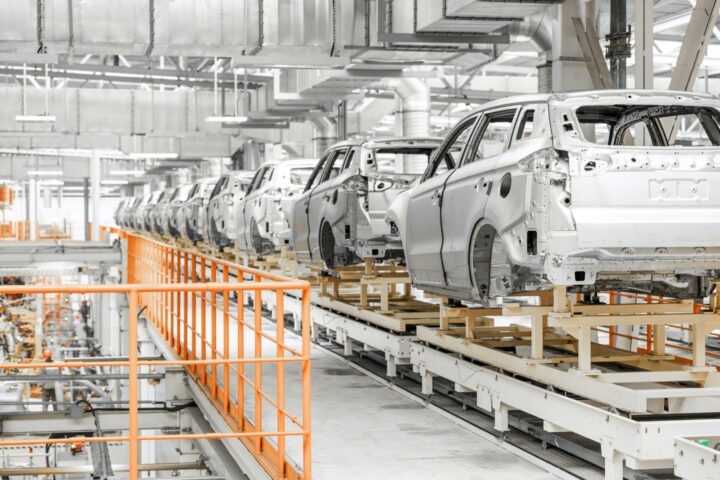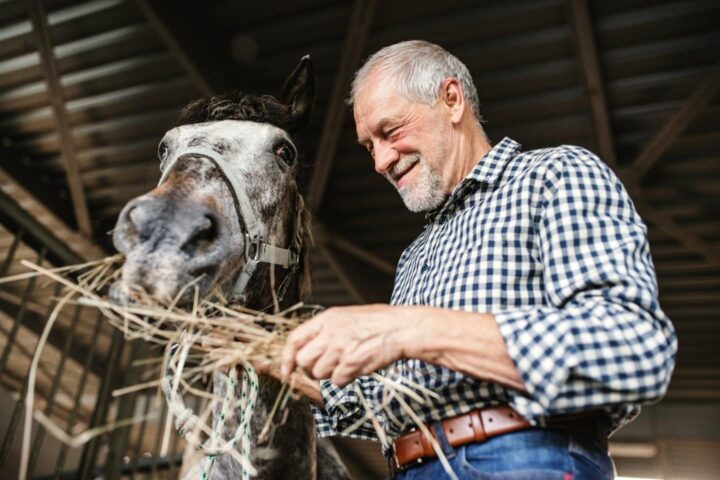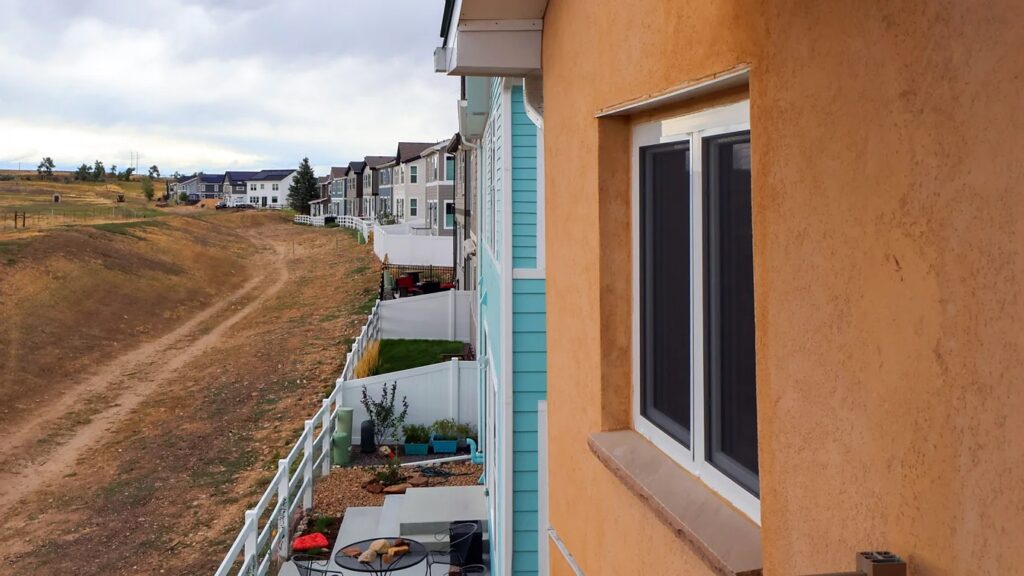
These people are rebuilding homes lost to wildfires in the western US – only this time they are using a material that they hope won’t burn.
Melanie Glover’s back window opens to a sweeping view of the Rocky Mountains. When she rebuilt her home in summer 2024, she wanted to keep this view.
On 30 December 2021, rapidly moving winds had carried hot flames across these plains to her neighbourhood in the Denver suburb of Superior, Colorado, destroying her home and nearly 1,000 others. Her husband, Matteo Rebeschini, and children were trapped in the front foyer for 30 minutes as their house burned, before escaping unharmed once the fire passed.
The fire brought trauma that lasts to this day, but Glover and Rebeschini were determined to rebuild. So they did – only this time, they used earth blocks.
“We want to be able to feel safe,” says Glover. “We wanted to build a house so that if something like this happens again, we have time.”
Earthen homes have a deep history throughout the world, from pit cave dwellings in northern China to the mud homes of Sana’a, Yemen. Indigenous communities in the south-western US states of Colorado and New Mexico used adobe, or “mud brick” in Spanish, to build earthen homes for thousands of years, using their thick walls to keep homes cool during hot summers and retain the sun’s heat during cold winters.
While earthen construction has been largely neglected by US builders for decades, the material has an increasingly relevant use in modern times. As climate change increases the risk of wildfires through the western US, homeowners like Glover are beginning to turn to it for a new reason: as a strategy to protect themselves from fire.
Their intuition is backed up by early research, which has found earthen homes could show extraordinary promise in resisting wildfires – and could even strengthen after exposure.
“Properly done and more historically done, an adobe house has a better chance of surviving a wildfire,” says Quentin Wilson, a former volunteer firefighter and a board member of Adobe in Action, a non-profit based in Santa Fe, New Mexico which promotes building with earth.
That said, traditional adobe homes in New Mexico are hardly fireproof – they generally use protruding wooden beams called vigas, which can easily catch fire.
But when adobe homes are constructed with the threat of fire in mind, builders can eliminate things like exposed wood and air vents, often adding earthen beams or in some cases large planks of wood that don’t protrude from the house. “There’s really nothing there that will ignite”, says Wilson. “These are pretty much absolutely fireproof, flameproof materials.”
In 2021, Michele Barbato, co-director of the Climate Adaptation Research Center at the University of California, Davis, and his students did a series of tests on compressed earth blocks, made at his testing area using soil mixed with water and chemical stabilisers. The researchers took a blowtorch to a compressed earth blockat nearly 1,900C (3,452F), far hotter than an average wildfire. They also put a block in a 1,200C (2,192F) furnace.

